MARKETING
7 Critical Factors You Must Consider When Choosing RPA Tools
Robotic Process Automation is a technology that makes it easy for businesses to build, deploy and manage bots that can replicate humans interacting with digital systems and software. These bots can perform structured and pre-defined tasks such as filling out a form, processing a financial transaction or sending messages.
The core purpose of robotic process automation is to automate mundane and repetitive tasks so that your employees don’t waste their time on those tasks and focus on more value-driven activities with automatic employee monitoring software. Yes, a human first has to define the workflow for a bot for it to work but once done, it can perform most tasks automatically.
Advantages of Robotic Process Automation
Here are some of the advantages of robotic process automation:
- Optimal resource utilization
- Save time
- Reduces cost
- Minimize errors
- Increases business capacity
Disadvantages of Robotic Process Automation
Some of the disadvantages of robotic process automation are:
- Requires monitoring and maintenance
- Not capable to extract information from unstructured datasets
- Can not automate complex tasks
- The time-consuming and costly setup process
In this article, you will learn about seven critical factors you must take into account when choosing robotic process automation tools for your business.
Before discussing factors you should consider when buying robotic process automation tools, it is important to understand that every robotic process automation tool has its own format and does not offer any kind of portability. This means that there are no standards so the one size fits all formula does not apply here.
Make sure that the robotic process automation software you are planning to buy has all the features you need along with some handy extras. Ask for proof of concept before rollout and only buy the software when you are sure that it is the right choice to meet your business needs.
7 Factors To Consider When Buying RPA Tools
Here are seven factors you must consider when buying a robotic process automation software
1. Ease of bot setup
Setting up a robotic process automation software can be a daunting challenge for businesses as it can take a lot of time and resources. That is why it is imperative that enterprises invest in robotic process automation tools that are easy to set up and use.
It must also allow a level of customization and let businesses create custom bots for different buyer personas. Developers should be able to call the robotic process automation tool API when writing code for automation.
2. Low-code capabilities
Gone are the days when only experienced developers could create websites and apps. With the advent of low code tools, anyone can now create an app even with little to no coding knowledge(accounting app, management app, etc.). Low code development lets you drag and drop ready-made components from the tool library and write small code snippets for functions that are not present in the tool library of the tool. Choose robotic process automation tools that offer these low code capabilities.
3. Machine learning capabilities
As mentioned before, robotic process automation software struggles when it comes to extracting actionable insights from unstructured datasets. Since a major chunk of company data is in unstructured form, it makes robotic process automation tools useless.
That is where the machine learning capabilities of these robotic process automation tools come in handy. With these capabilities, it can parse through documents, find information and return it to users. This can enhance the user experience and boost customer loyalty. Some vendors might give this a fancy name but the functionality remains the same.
4. Integration with enterprise applications
Another important factor you can not afford to ignore when buying robotic process automation software is compatibility with enterprise applications. At the end of the day, your robotic process automation software’s utility is highly dependent on how these tools can integrate with your existing business application. This is about your data integration with supermetric alternatives and so on.
Its capability to extract data from your existing business applications matters most. Does your robotic process automation tool offer plugins to seamlessly connect it with your database, accounting systems, HR systems, appointment setting services and ERP systems? If yes, then you should certainly consider it as an option if it fulfills all your requirements.
5. Orchestration and administration
Before these bots can take care of mundane tasks, you will have to first configure them and feed them with the right information as well as a secure credential. This secure credential is usually stored in a credential store. If you want other users to use your bots, you will first have to authorize and authenticate them.
You should also allocate resources for certain bots which trigger when a special event occurs. Once you have set it up, now you have to monitor it so it can work without human involvement. You will have to constantly improve its machine learning capabilities so it does not need human support when performing tasks.
6. Process and task discovery and mining
Identifying business processes you want to automate and prioritizing them is critical for the success of your robotic process automation implementation. Unfortunately, it is also the most time-consuming part of the process as well.
The more your robotic process automation software lets you mine for processes from system log and construct task flows by observations, the easier it will be for you to implement it and automate your business processes. Look for robotic process automation tools that make task discovery and mining painless.
7. Scalability
If you are planning to implement robotic process automation throughout the organization, you will bump into scalability issues. The best way to resolve these scalability issues is to implement them in the cloud, in containers or via virtual machines. If the orchestration component can allocate extra bots when needed, solving the scalability problem is not a problem.
At the end of the day, the success and failure of your robotic process automation rest on identifying the best tasks and processes to be automated. Make sure to document every step involved in the process. Never cut corners in testing cycles because it can lead to some missing links in your robotic process automation systems.
What factors do you consider when selecting a robotic process automation software? Share it with us in the comments section below.
MARKETING
How Tagging Strategies Transform Marketing Campaigns
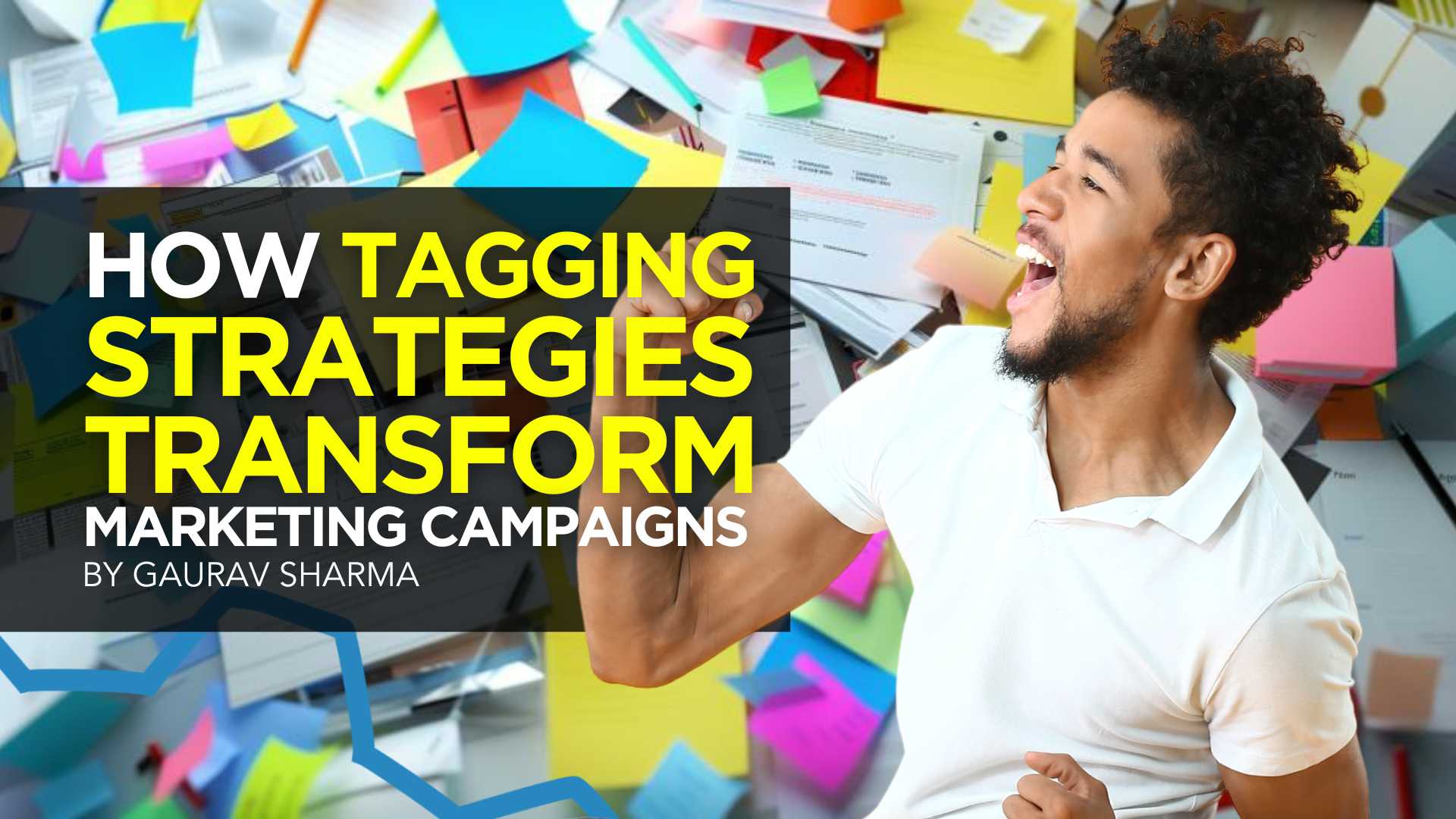

As a marketer, I understand how today’s marketing campaigns face fierce competition. With so much content and ads competing for eyeballs, creating campaigns that stand out is no easy task.
That’s where strategies like tagging come in.
It helps you categorize and optimize your marketing efforts. It also helps your campaigns cut through the noise and reach the right audience.
To help you out, I’ve compiled nine ways brands use a tagging strategy to create an impactful marketing campaign.
Let’s get to it.
How Brands Use a Tagging Strategy
Tagging involves using keywords or labels to categorize and organize content, products, or customer data. You attach tags to specific items or information to make searching, sorting, and analyzing data easier.
There are various types of tags, including meta tags, analytics tags, image tags, hashtags, blog tags, and more.
So, how do brands use a tagging strategy to make their marketing campaigns stand out?
Improve Social Media Engagement
With over 5 billion users, social media provides an easy way to connect with your audience, build relationships, and promote your offerings.


Use a tagging strategy to boost social media interactions. Consistently use hashtags that align with current trends and topics. This encourages people to interact with your content and boosts content visibility.
You can also use tags to monitor brand mentions of your products or your industry. This allows you to engage with your audience promptly.
Consider virtual social media assistants to streamline your tagging strategy. These AI-driven tools can suggest relevant hashtags, track mentions, and automate responses. Implementing them can save time and resources while ensuring consistent engagement across your socials.
Build a Personal Brand on LinkedIn
LinkedIn is the world’s largest professional networking platform, with over 1 billion members across 200 nations. It offers excellent opportunities for individuals and businesses to build and nurture their brands.


However, simply creating a professional profile isn’t enough to build a personal brand on LinkedIn.
Use various tags to increase your visibility, establish thought leadership, showcase expertise, and attract the right connections. For instance, use skill tags to showcase your expertise and industry tags to attract connections and opportunities within your industry. Use certification tags to help showcase your expertise and credibility to potential employers or clients.
Facilitate Customer Segmentation and Personalization
Personalization matters—more so in today’s data-driven world. In fact, 65% of consumers expect your brand to adapt to their changing preferences and needs.
To meet this expectation, consider using a tagging strategy.
Segment your customers based on shared characteristics, such as demographics, interests, purchase history, cart abandonment, and behavior.
Here’s a summary of the steps to customer segmentation.
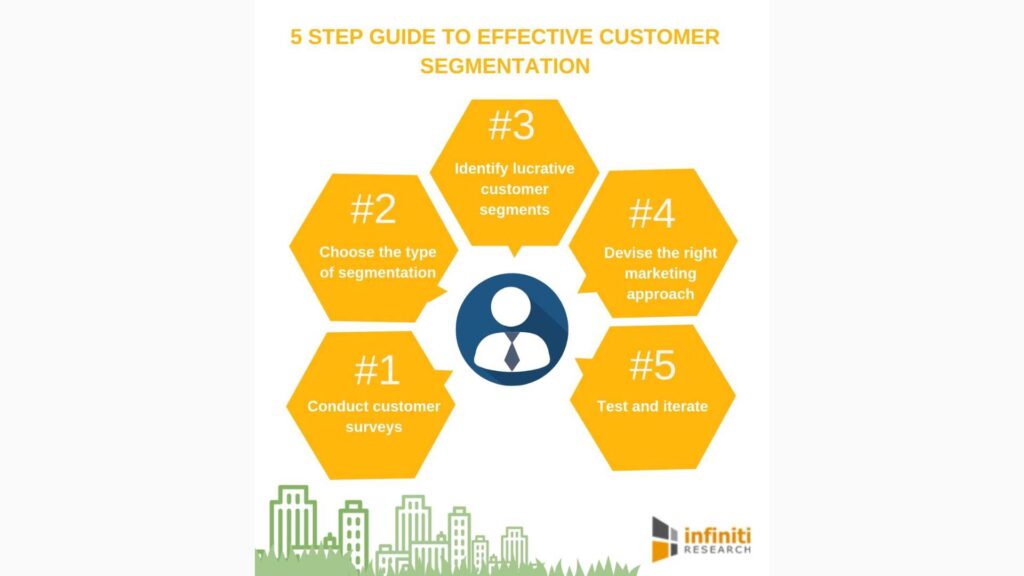

With your customer segments ready, use tags to tailor your marketing messages and offerings to specific segments. Imagine sending targeted email campaigns based on what your customers need. That’s the power of segmentation and tagging in action!
Enhance SEO and Content Discoverability
Tagging content can have a profound impact on search engine optimization (SEO) and content discoverability. When users search for specific topics or products, well-tagged content is more likely to appear in search results, driving organic traffic to your website.
Additionally, tags can help you analyze the most popular topics with your readers. Then, the results of this analysis can help you adjust your content strategies accordingly.
And get this— certain AI tools can help analyze your content and suggest relevant tags and keywords. Using these tools in addition to a tagging strategy can help optimize your SEO strategies and boost content discoverability.
Partner with the Right Influencers
Influencer marketing has become a go-to marketing approach for modern brands. Recent stats show that 85% of marketers and business owners believe influencer marketing is an effective marketing strategy.
But how do you find the perfect influencer for your campaign?
Utilize tags to identify influencers who are relevant to your niche. Beyond this, find influencers who align with your brand values and target audience.
Additionally, look for influencers who use hashtags that are relevant to your campaigns. For instance, fashion influencer Chiara Ferragni uses #adv (advertising) and #ghd (good hair day) hashtags in this campaign.


Monitor industry-specific hashtags and mentions to discover influential voices and build profitable relationships with them.
Track Hashtag Performance
Tracking your hashtag performance helps you understand your campaigns’ engagement, reach, and effectiveness.
To achieve this goal, assign special hashtags to each marketing project. This helps you see which hashtags generate the most engagement and reach, enabling you to refine your tagging strategy.
Here’s an example of a hashtag performance report for the #SuperBowl2024.
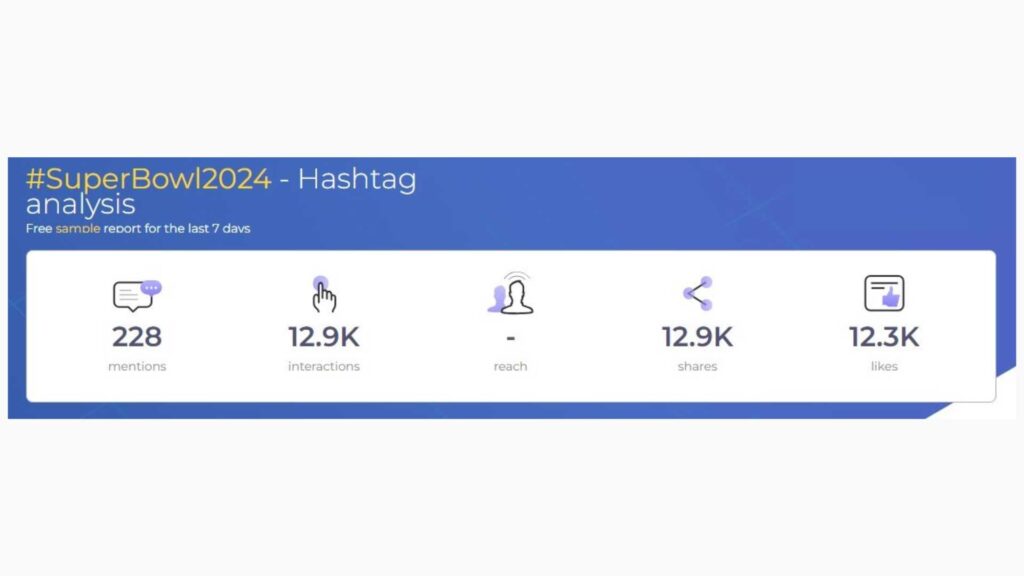

This curated list of hashtag generators by Attrock discusses the top tools for your consideration. You can analyze each and choose the one that best fits your needs.
Categorize Content Accordingly
The human attention span is shrinking. The last thing you want is for your audience to have difficulty in finding or navigating your content, get frustrated, and bounce.


Untagged content can be difficult to navigate and manage. As any marketer knows, content is important in digital marketing campaigns.
To categorize your content, identify the main categories by topics, themes, campaigns, target audiences, or product lines. Then, assign relevant tags based on the categories you’ve identified. After that, implement a consistent tagging strategy for existing and new content.
Organizing your content using tags can also help streamline your content management workflow. Most importantly, readers can easily find the content they’re looking for, thereby boosting overall user experience, engagement, and conversions.
Boost Your Email Marketing Strategy
Email marketing remains a powerful marketing tool in today’s digital world. It’s also another area where brands use a tagging strategy to directly reach their target audience.
Use tags to segment your email list and personalize your marketing messages. Then, you can send targeted emails based on factors like purchase history, interests, and demographics.
Personalization can significantly improve open rates, CTRs, and overall engagement and conversion rates. It’s a simple yet impactful strategy to make your email marketing strategy more effective.
Plus, you can use tags to track how well your emails perform with each group. This helps you understand what content resonates best with your audience and provides insight on how to improve your emails going forward.
Enhance Analytics and Reporting
Every marketer appreciates the immense value of data. For brands using tagging strategies, tags are powerful tools for gathering valuable data.
Analyze how users interact with your tagged content. See which tags generate the most clicks, shares, conversions, and other forms of engagement. Gain insight into audience preferences and campaign effectiveness.
This granular data about your marketing efforts allow you to make data-driven decisions, allocate resources effectively, and refine your marketing strategies.
Final Thoughts
There isn’t a single correct way for brands to use a tagging strategy in marketing. You can use a tagging strategy however you see fit. However, the bottom line is that this strategy offers you a simple yet powerful way to create attention-grabbing and unique marketing campaigns.
Fortunately, tagging strategies are useful across various marketing initiatives, from social media and email marketing to SEO and more.
So, if you’re ready to elevate your marketing campaign, build a strong brand presence, and stand out among the competition, consider employing effective tagging strategies today.
MARKETING
Tinuiti Recognized in Forrester Report for Media Management Excellence

Tinuiti, the largest independent full-funnel performance marketing agency, has been included in a recent Forrester Research report titled, “The Media Management Services Landscape, Q2 2024.” In an overview of 37 notable providers, this comprehensive report focuses on the value B2C marketing leaders can expect from a media management service provider, and analyzes key factors to consider when looking for a media management partner such as size and business scenarios. B2C marketing executives rely on media management services to:
- Augment the efficacy of media investments
- Bridge media impressions to commerce transactions
- Enhance ad campaigns to drive performance
Report authors, VP, Principal Analyst Jay Pattisall and Senior Analyst Nikhil Lai call attention to the pressing need for providers to prove their value, deliver profitable ROAS, and drive alignment between CMOs and CFOs and thus liberate strained marketing budgets.
Our Always-On Incrementality tool – which is a part of our patented tech, Bliss Point by Tinuiti – empowers marketers to validate the incrementality of their spend on each ad set, media channel, and marketing tactic so marketers can create stronger, more focused campaigns that get the job done without sacrificing the bottomline.
B2C marketing leaders often seek and expect key business scenarios from media management service providers including media measurement and attribution, data strategy, and marketing mix modeling. MMM’s adaptability to the post-cookie/ post-IDFA world positions it as an essential tool for marketers. As businesses seek to connect the dots, leverage data, and make strategic decisions, MMM is a crucial ally in the dynamic realm of mixed media advertising. Our Rapid Media Mix Modeling sets a new standard in the market with its exceptional speed, precision, and transparency.
According to the Forrester report, “46% of senior B2C marketing and advertising decision-makers say they plan to integrate performance and brand media assignments with a single media agency in the next 12 months…”
In our quest to better understand all revenue-driving aspects of a given campaign, we have started on a process to quantify the impact of Brand Equity, which we believe is one of the largest missing pieces in more accurate and complete measurement.
Learn more about Bliss Point by Tinuiti, our use cases, and our approach to performance and brand equity.
The Landscape report is available online to Forrester customers or for purchase here.
MARKETING
Let’s Start Treating Content More Like We Treat Code
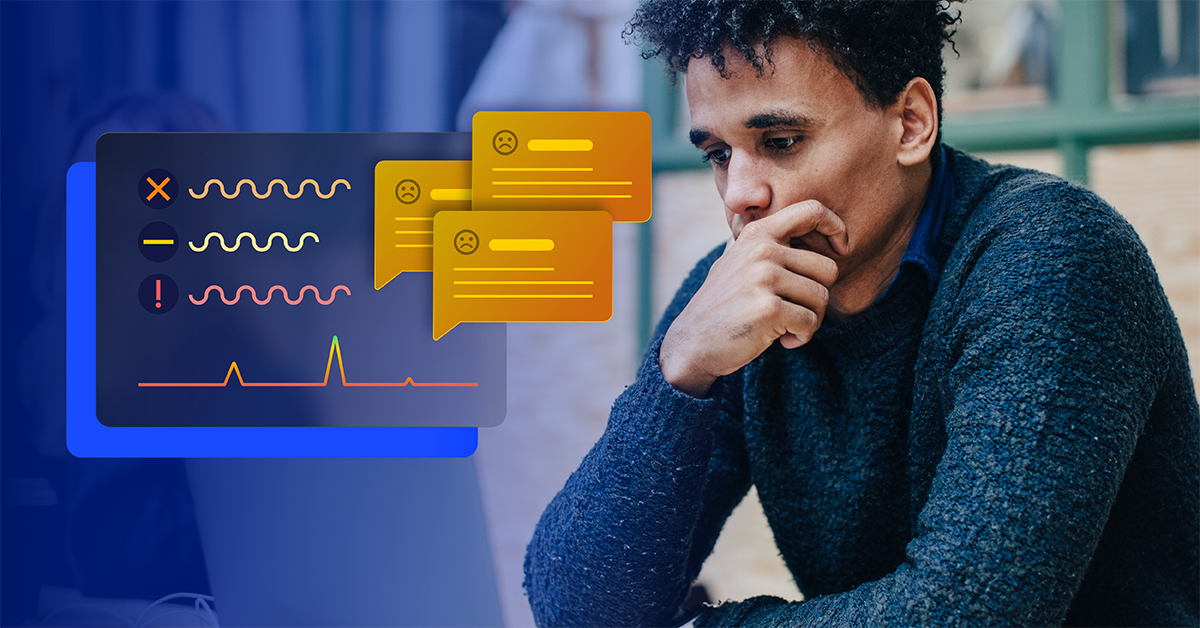
The technology space is pretty obsessed with preventing code defects from getting to production. We take great pains to make sure that a mistake doesn’t make it from the developer’s fingertips all the way through to the product system.
There’s an entire field called DevOps (short for “development operations”). This is something like a $5 billion industry. There are entire market segments filled with companies that tightly control the movement and testing of code.
Search for “DevOps diagram” sometime. You’ll be amazed at what you find—detailed schematics showing exactly how code should be copied, packaged, tested, and deployed. Developers who don’t have an artistic bone in their bodies suddenly turn into Da Vinci when describing in exacting detail how they want to orchestrate code deployments.
All of this is in search of one goal: prevent bad code from reaching production. A lofty goal, to be sure.
…but why don’t we care so much about content?
Where we have majestic acrobatics on the code side, when it comes to content, the process is usually something like, “Well, Alice writes something in Word, then emails it to Bob, and he copies it into the rich text editor” then presses publish.
Congratulations, you have the tightest, most reliable codebase serving up terrible content. A+. Great job.
Content defects are a thing, and we don’t do enough to prevent them. In particular, we don’t look at content development as a process to be managed. We think it’s some kind of magic, not a flow of work with checkpoints, trackable assignments, and review gateways. We’re somehow convinced this would take the “soul” out of it or something.
So, while our developers get six figures worth of toys to make sure they can swap every line of code instantly without spilling their coffee, our content creators are copying and pasting things into Slack and yelling “I swear sent that to you last week!” over the cubicle wall.
We need to do better.
Content creation isn’t magic—no more than code is magic. It’s a process that can and should be managed just like code deployments, and it deserves the same level of regard.
Your content creators need:
- Library services. Your developers have source code management. They know where code is, all the time. They probably have versions of it dating back to when they were teenagers. These things exist for content as well—they’re called content marketing platforms (CMPs) and digital asset management systems (DAMs). They’re designed to store, organize, and version content assets so creators know where everything is.
- Change management, in the form of editorial calendaring. Your developers know when code will be released (note: don’t do it on Fridays). They plan these things long in advance. But ask a content creator when Content Item X for the new campaign is launching, and they can only say something like, “I don’t know. I showed it to Bob. It’s in his court now…”
- Workflow. Developers have detailed ticket management systems that can tie their actions down to the exact line of source code they changed to resolve a defect. These systems exist so that everyone knows, at all times, who is responsible for what. Meanwhile, the content editors can only shrug when someone asks who was supposed to edit the CEO’s blog post that she just announced from the keynote stage.
- Content preview. I promise you that your development team has a graduated system of environments where they test code. They probably spend hundreds of hours maintaining it, so they can run code in isolation and know exactly how it works before they deploy it. Think of that fondly next time when your image caption is published in 30pt bold-faced font because no one told you that it wouldn’t be. (Incidentally, I’ve been thinking about preview a lot lately.)
Here’s why this is important:
Content defects matter. They can be far more damaging than code defects, while being so much harder to detect. By the time you realize something is wrong, the problem may have been existing in public for a long time, doing a lot of damage.
Imagine that you have a software company, and you’ve been trying to get an analyst to include your software in one of their reports. Your Analyst Relations staff has been consistently courting, cajoling, and hinting to this analyst that your software fits their segment exactly, and would be a great addition to the report.
The analyst finally decides to check things out. They go to your website, looking for evidence of all the things you told them about. They expected to find reinforcement of that information, that energy, that…vibe.
But, they didn’t. Their experience fell flat. They gave you a 20-minute chance, but then clicked away and didn’t look back.
Oh sure, you had plans. You were going to revamp that part of the website, and you had mentioned it to Gary just before he went on vacation. You heard some rumors that people were working on it, and some content got changed, but you never saw and never had a chance to guide it. Content development seemingly happened in a far-off land somewhere. Normally, when something changed on the website, you were as surprised as anyone.
This is a content defect. The whole thing. One big defect.
Why don’t we categorize like this? Why don’t we call it what it is?
Maybe because it’s not…binary? With code, things often either work, or explode spectacularly, so we can stand back and confidently say, “Yup, that’s busted.”
But with content, there’s a spectrum—there’s a range. People can look at it and say, “yeah, that’s fine” even when it’s not.
The only solution here is process. You need a way to make sure that content is seen by the right people, and at the right time, and has a way of reflecting the right input.
This happens with code all the time. We handle code exactingly, rigorously, and with due process and care.
We need to demand the same for content. And we need to start acknowledging that poor content is a failure of process, a failure of planning, and a failure of tooling.
The tools are available to avoid this. We need to implement them and use them.
Interested in learning how Optimizely Content Marketing Platform can better support your content creation process? See how it works in this quick video.
-
SEARCHENGINES6 days ago
Daily Search Forum Recap: April 29, 2024
-

 SEARCHENGINES7 days ago
SEARCHENGINES7 days agoOffline For Last Days Of Passover 5784
-

 MARKETING6 days ago
MARKETING6 days agoQuiet Quitting vs. Setting Healthy Boundaries: Where’s The Line?
-
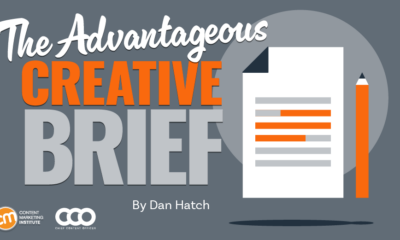
 MARKETING4 days ago
MARKETING4 days agoHow To Develop a Great Creative Brief and Get On-Target Content
-
SEARCHENGINES5 days ago
Daily Search Forum Recap: April 30, 2024
-

 PPC6 days ago
PPC6 days agoHow to Promote Your Digital Marketing Agency: 4 Growth Strategies
-
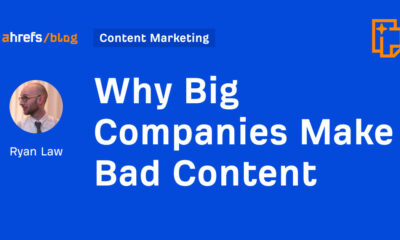
 SEO4 days ago
SEO4 days agoWhy Big Companies Make Bad Content
-

 SEO6 days ago
SEO6 days agoGoogle’s John Mueller On Website Recovery After Core Updates




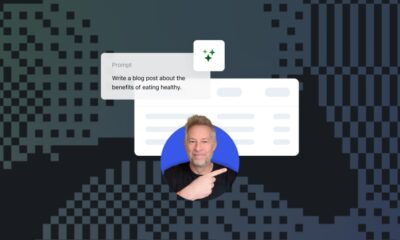












You must be logged in to post a comment Login